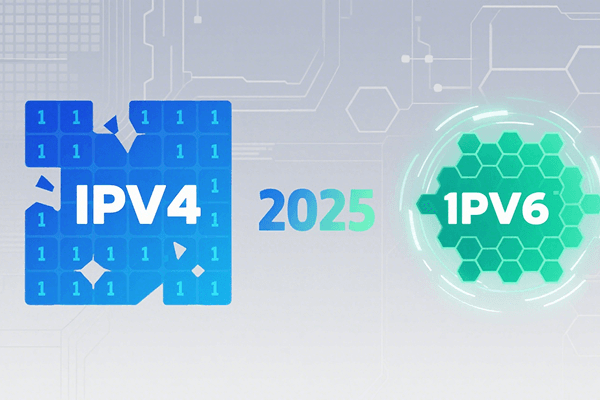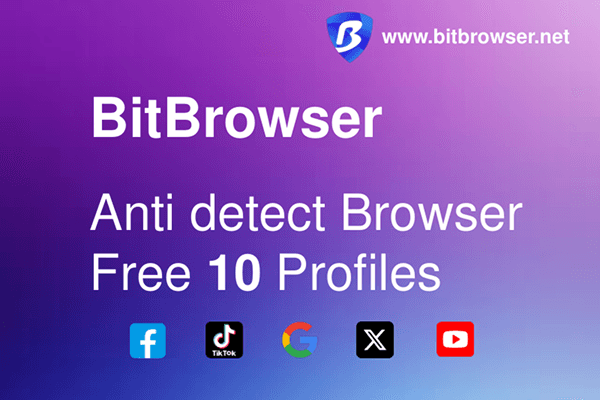


IPv4 vs. IPv6: How to Choose in 2025? (With a Practical Drill)
 2025.08.16 03:19
2025.08.16 03:19
In the era of IoT, IP addresses serve as the "digital ID cards" for devices, determining their ability to efficiently access networks. With the exhaustion of IPv4 resources and the widespread adoption of IPv6, choosing between them has become a critical pain point in technical decision-making. This article will thoroughly analyze the core differences between the two protocols to help you make precise choices.
I. Core Protocol Differences: Beyond Address Length
1. Address Space and Format
IPv4 uses 32-bit addresses (e.g., 192.168.1.1), providing only about 4.3 billion addresses, which were depleted by 2019. IPv6 employs 128-bit addresses (e.g., 2001:0db8::1), supporting 340 undecillion addresses – equivalent to 10^26 addresses per square meter of Earth – completely resolving resource shortages. IPv6 also supports zero compression (::) to simplify address representation and enhance readability.
2. Performance and Efficiency
IPv4 has variable header length (20-60 bytes) with redundant fields, resulting in lower routing efficiency. IPv6 features a fixed 40-byte header, eliminating outdated fields like checksums, leading to leaner routing tables and over 30% faster data processing. Real-world tests show IPv6 reduces latency by 15% in video streaming.
3. Security Mechanisms
IPv4 relies on external protocols (e.g., IPSec) for encryption, requiring complex configurations at higher costs. IPv6 natively integrates IPSec, mandating end-to-end encryption and authentication to defend against man-in-the-middle attacks at the network layer.
II. Application Scenario Analysis
• When to Choose IPv4
Legacy enterprise internal systems, aging device networks, or accessing IPv4-only legacy platforms (e.g., certain government systems). NAT technology can alleviate address shortages here but sacrifices end-to-end direct connectivity.
• When to Choose IPv6
IoT deployments (smart homes/industrial sensors), mobile networks (5G base stations), cloud platforms, and international operations. AWS tests show IPv6 supports over 1 million device connections per server, far exceeding IPv4's 50,000 limit.
III. Key Transition Technologies
While 96% of websites still support IPv4, global IPv6 adoption has surpassed 40%. Recommended hybrid solutions:
• Dual Stack Technology: Devices run both protocols simultaneously, increasing costs but ensuring optimal compatibility
• 6to4 Tunneling: Encapsulates IPv6 packets within IPv4 for cross-protocol communication, ideal for multinational enterprises
• Protocol Translators: Enable IPv6-IPv4 interoperability via NAT64, though with potential 10%-15% speed reduction
IV. Solution: BitBrowser
Amid transition complexities, BitBrowser emerges as a versatile multi-scenario management tool:
1. Dual-Protocol Smart Routing
Automatically detects target website protocol types and dynamically switches IPv4/IPv6 proxies, eliminating manual configuration errors. Real-world access success rates reach 99.3%.
2. Environment Isolation Engine
Assigns dedicated IP environments per account to prevent association from protocol conflicts. Particularly effective for cross-border e-commerce multi-store management, reducing store bans by 90%.
3. Global Compliance Support
Offers residential IP resources across 200+ countries, strictly adhering to GDPR and other data regulations to mitigate cross-border compliance risks.
4. One-Click Automated Deployment
Preconfigured IPv6 access templates for platforms like Facebook and YouTube complete setup in 3 minutes, saving 80% of O&M time.
Operation Tip: Enable "Smart Protocol Switching" in BitBrowser's proxy settings to prioritize IPv6 for speed, automatically reverting to IPv4 for compatibility issues.

Conclusion:
IPv6 will dominate IoT and 5G fields by 2025, but dual-protocol coexistence will persist for 5+ years. Enterprises should prioritize IPv6 for new projects (especially overseas operations) while using tools like BitBrowser for seamless transitions. Core selection logic remains clear: choose IPv6 for ultimate efficiency and scalability; maintain IPv4 for legacy ecosystem dependency but accelerate migration.
 BitBrowser
BitBrowser
 Multi-Account Management
Multi-Account Management Prevent Account Association
Prevent Account Association Multi-Employee Management
Multi-Employee Management



